
We’re sorry to report the passing of Argentinian comics artist Ernesto Garcia Seijas, aged 81. He had been working in the comics industry since the age of 17, on many adventure strips, and much more.
While Ernesto Rudesindo Garcia Seijas’ work may be little known to many English speaking comic fans, his professional career, spanned 65 years in Argentina and Italy, and included some work for the American and, rarely, the British market.
Paying tribute in the Argentinian newspaper Pagina 12, Andrés Valenzuela notes Seijas’ work in Argentina is remembered by several generations of readers, from those who saw his first work in titles published by Columba or Record, to those who learned about his existence through the daily newspaper strip, El Negro Blanco, working with writer Carlos Trillo. He collaborated with practically all the great South American script writers of his generation, including Héctor Germán Oesterheld, Robin Wood, Ray Collins, Alfredo Grassi and Eduardo Mazzitelli, among others.
Born on 1st June 1941 in Ramos Mejía, Argentina, he began drawing from an early age, earning him the nickname “Pincelito” among relatives and friends. Motivated by the admiration of his older 12-year-old brother, who worked in advertising as an artist, he learnt his trade partly through schooling – although other subjects other than art bored him – and self learning, utilising, for example, the books by well-known American illustrator, writer, and art instructor Andrew Loomis. His books taught him what he needed to start drawing professionally.
Often signing his work as “E.R.G.S.”, Seijas illustrated numerous adventure characters, including, early in his long career, Tom de la pradera (‘Tom of the Prairie’), written by Hector Oesterheld in 1958, about a young boy in the Wild West, published in Frontera Extra, and, later, the perennial cowboy Tex Willer, for Bonelli in Italy.
“He was one of the first characters I read as a child, in the magazine Rayo Rojo,” Seijas noted on his web site. “Incredibly, after so many years, I had the opportunity to create the art for a special album, with a script by Claudio Nizzi”.
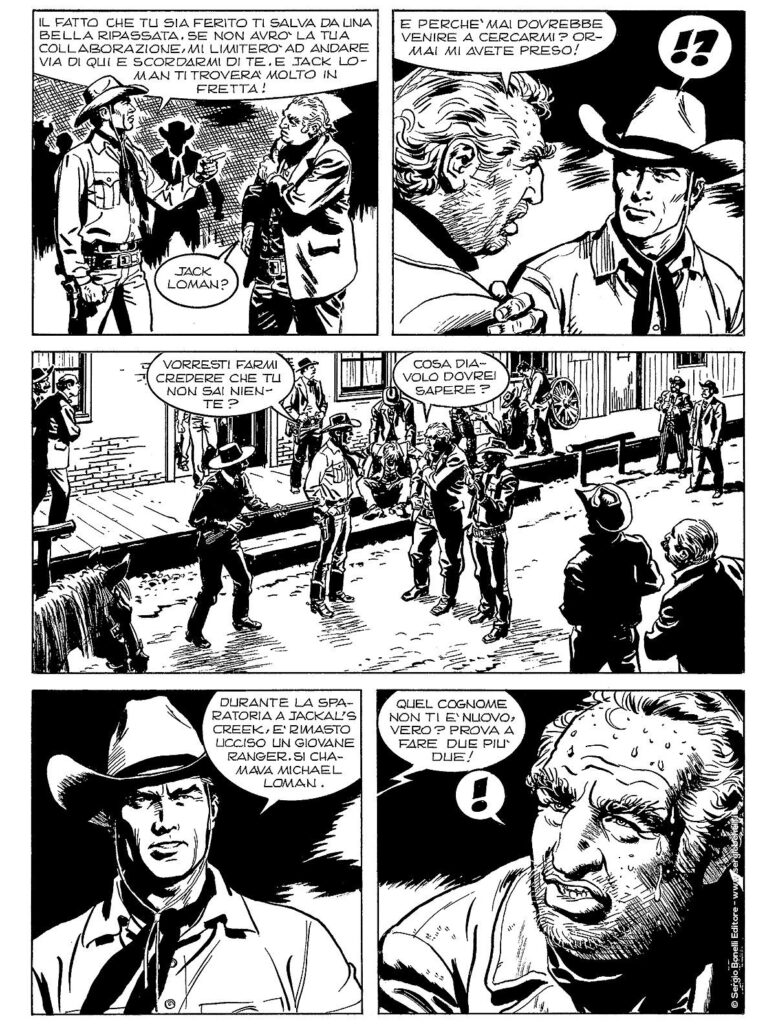


Other western strips work included Los Aventureros (“The Adventurers”), written by Carlos Albiac (1975); and the incredible-looking Mandy Riley, written by Ray Collins, first published in 1979. He also drew the Lone Ranger illustrations for books such as El Barranco Ebrujado (“The Haunted Ravine”), published in Argentina.

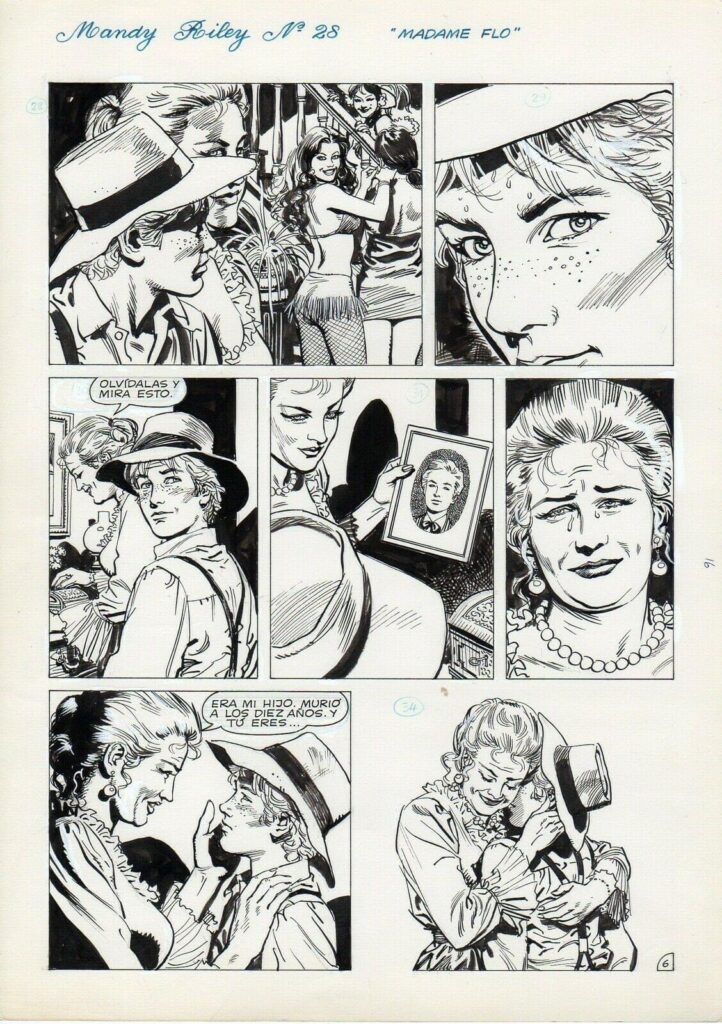

Other major credits include a historical adventure set in a creepy school, Pequenoroy (1978), written by Carlos Trillo; La Estirpe de Josh (1979), written by Alfredo Grassi; Helena, written by Robin Wood (1979); Kevin (1981) an beautiful-looking adventure strip written by Robin Wood; Piel de Lobo (also written by Trillo, published in 1996); and the mischievous Radzel, about a curious angel on Earth, written by Eduardo Mazzitelli (1999); and numerous Skorpio strips, as well as drawing romance strips for American publisher Charlton.
He also worked for Heavy Metal and drew a strip for DC Thomson’s girls weekly, Mandy, here in the UK.
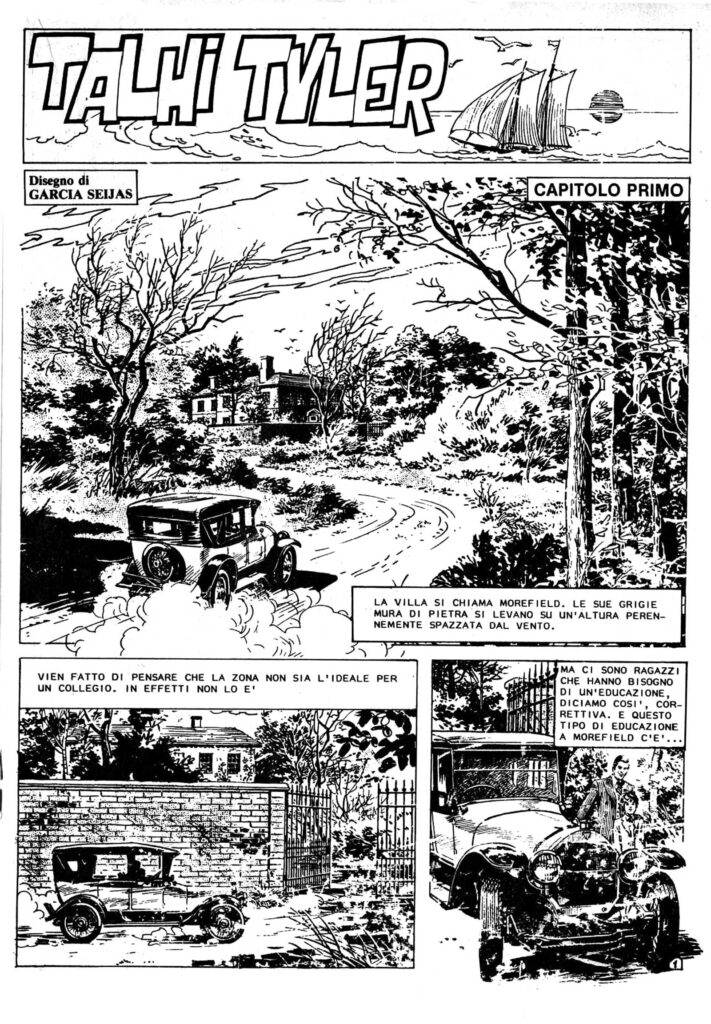
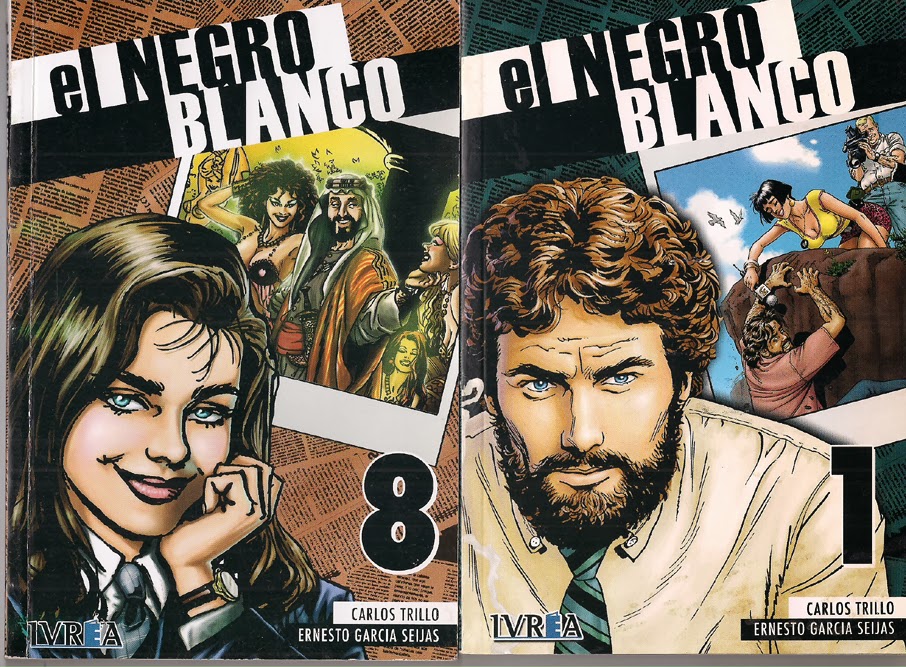
El Negro Blanco, written by Carlos Trillo, was a very popular daily strip in Diario CLARÍN the newspaper with the largest circulation in Argentina, which launched in 1987 and ran for eight years, the story of a naive journalist with plenty of relationship issues. Another strip, “Flopi“, sprang from it, running in Playboy and elsewhere, centring on an increasingly heartless female reporter, the strip also publishing in longform in Italy. “Sangre de Bruges“, launched in 1997, also sprang from the El Negro Blanco, and was at one point optioned as a film.
In 2000, Seijas worked with Viviana Centol on the domestic comedy strip “Especies en Peligro“, which ran in the newspaper La Nación of Buenos Aires, for two years.
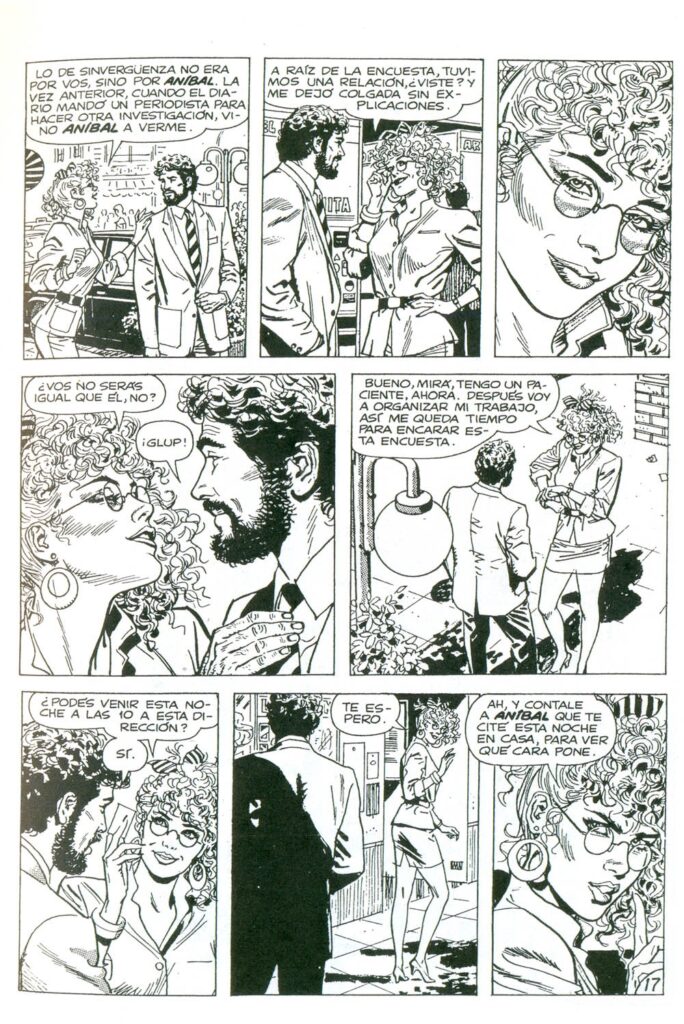
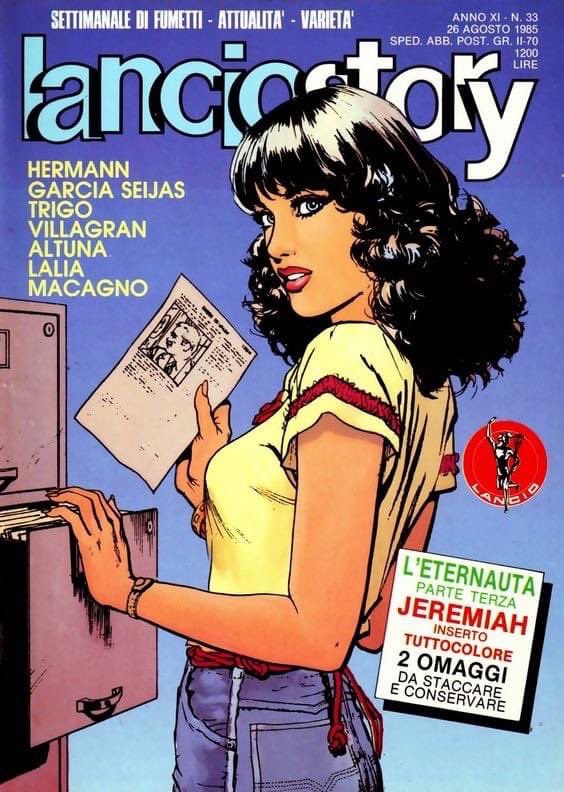
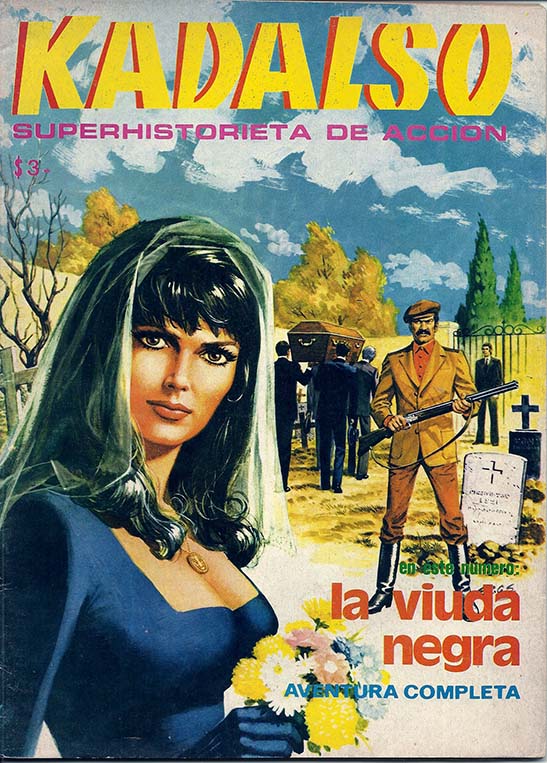
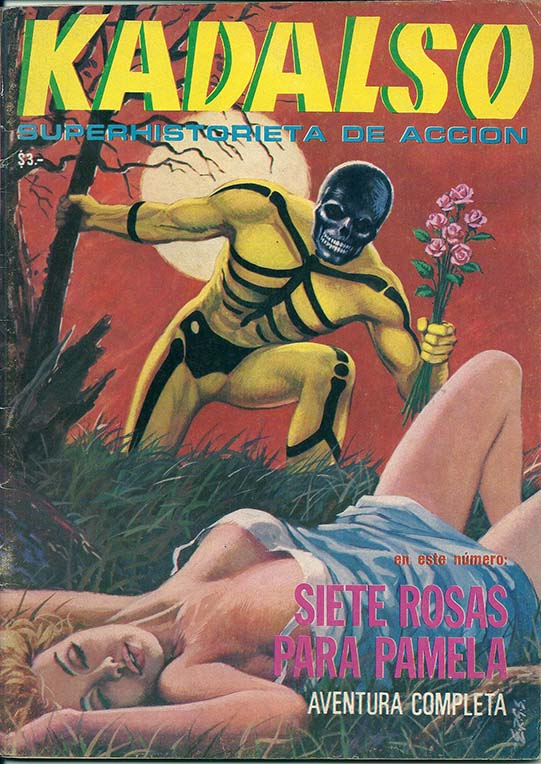
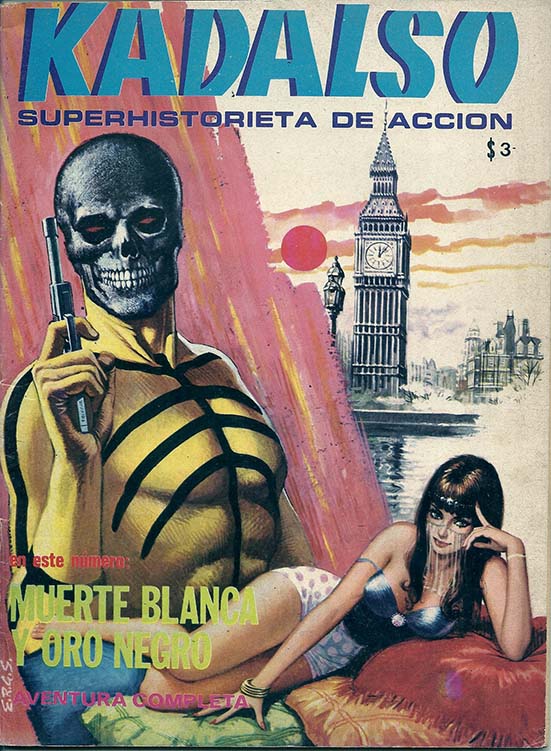
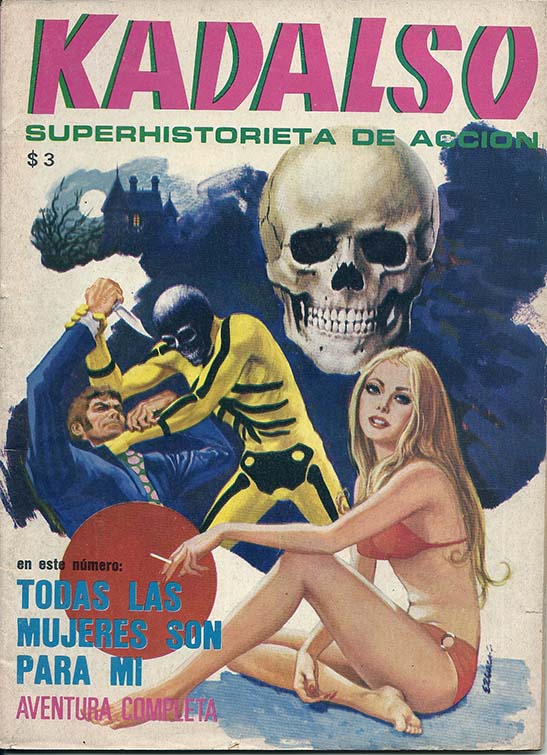
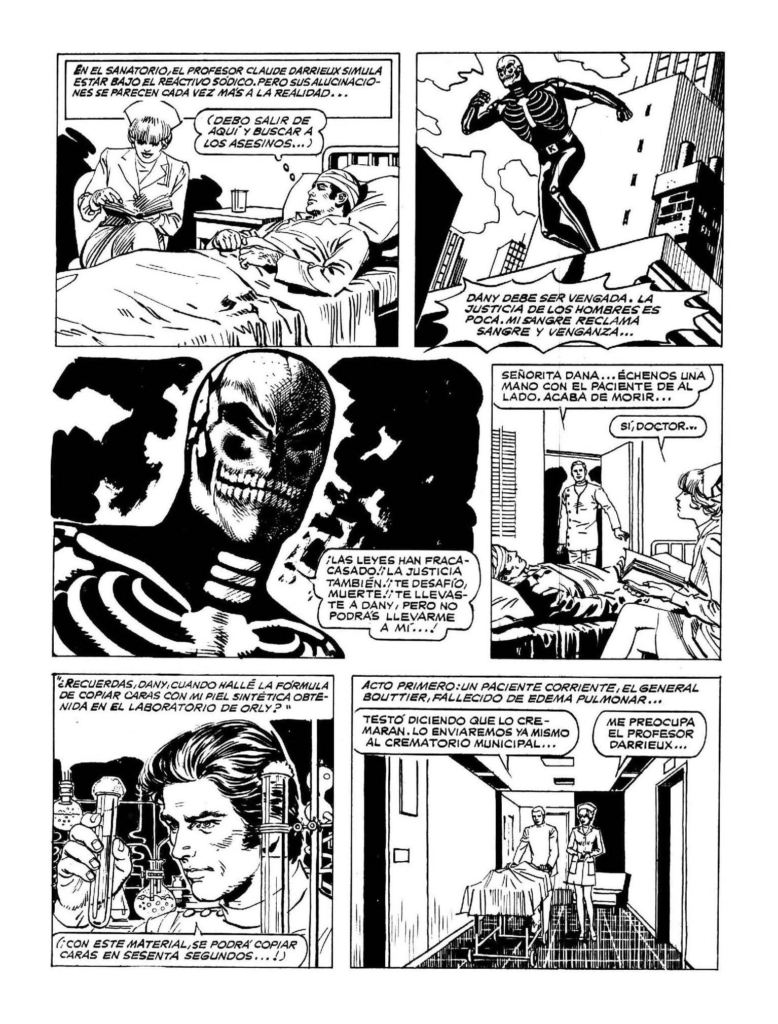
“I was so sorry to hear that the brilliant Argentinian comic artist Ernesto Rudesindo Garcia Seijas has died,” commented comics historian David Roach, author of Rebellion’s A Very British Affair: The Best of Classic Romance Comics and Masters of Spanish Comic Book Art, earlier this week. “I was a big fan.
“I first saw Ernesto’s work in a copy of Skorpio back in the 1080s, drawing a strip called ‘Helena’…and I fell in love. The strip was signed E.R.G.S and it took me years to discover his name, but that one example was enough to make me a fan.
“Seijas always struck me as the closest in style and talent to another great Argentinian – José Luis García Lopez, with a similar talent for gorgeous drawing.”
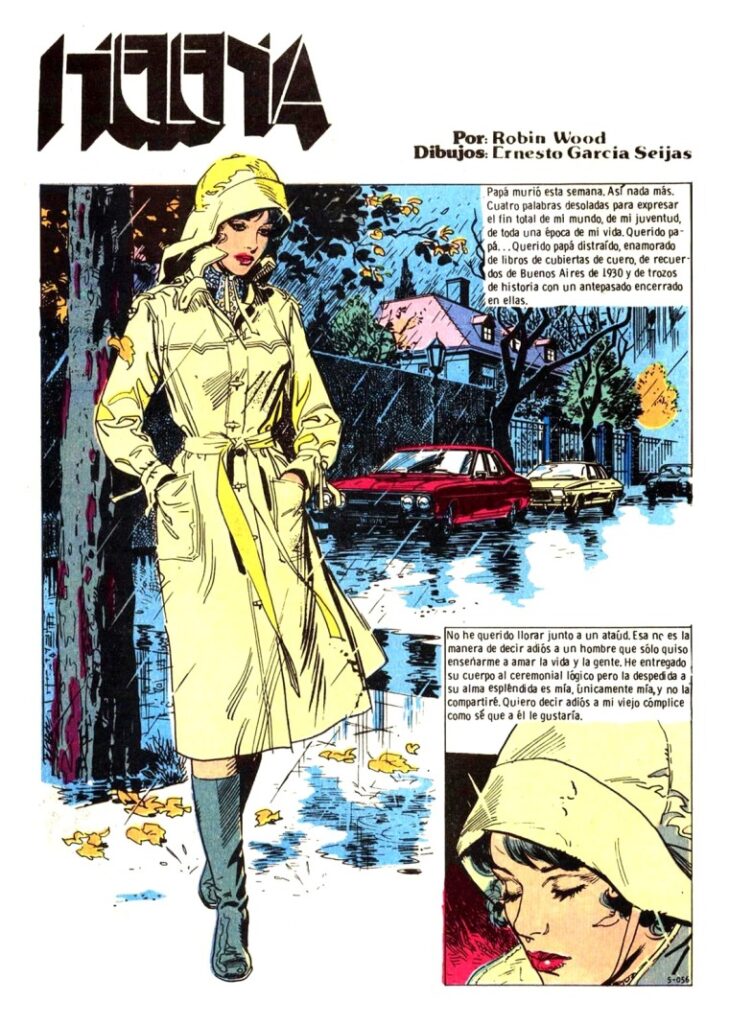
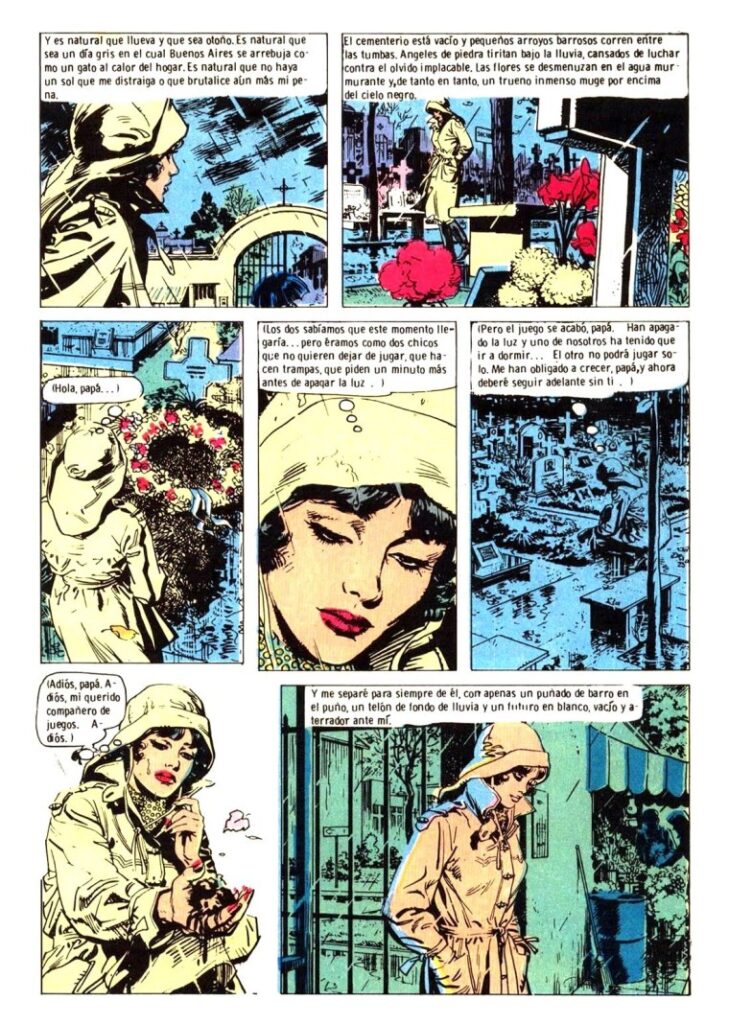
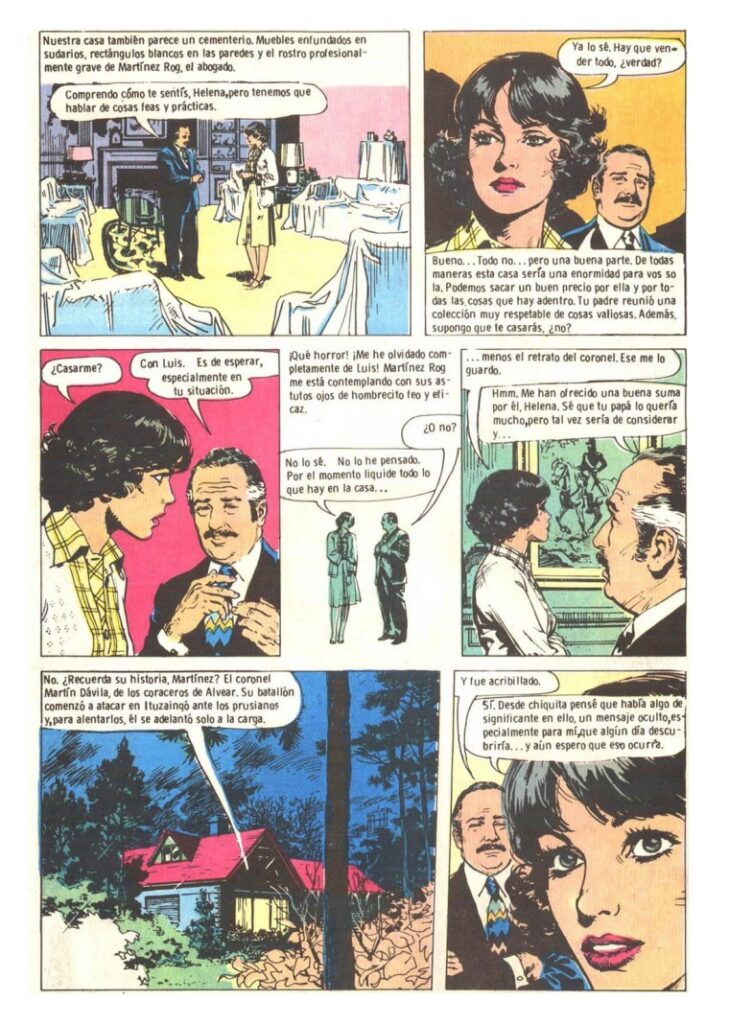
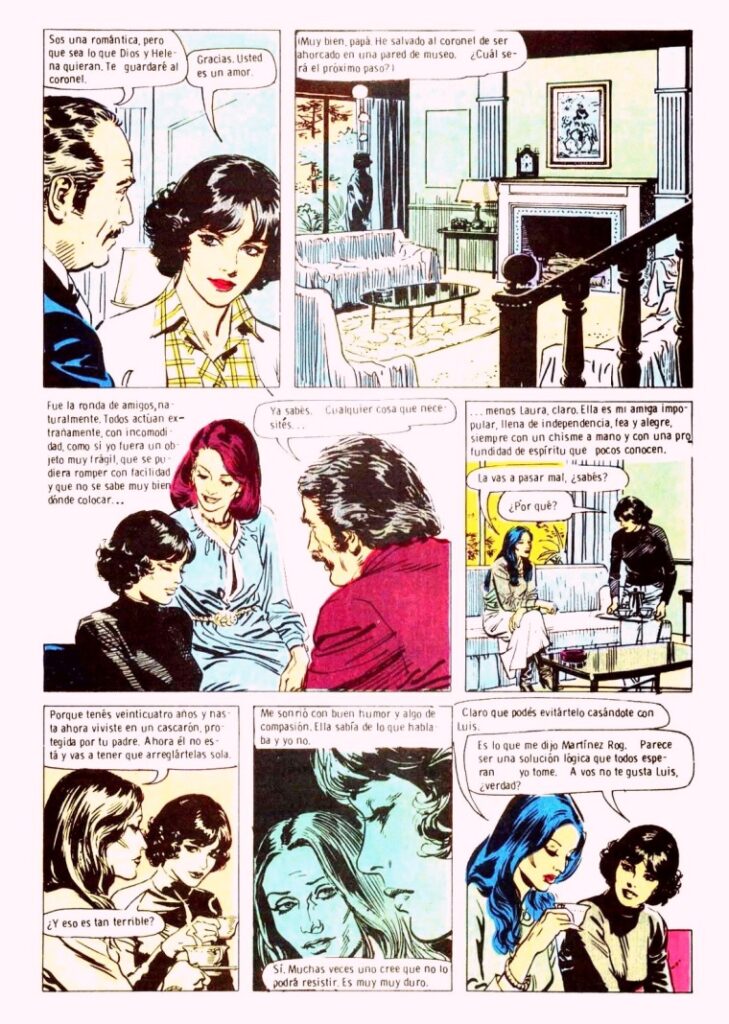

On Ernesto Seijas official website, it’s noted García Lopez invited him to draw a DC character in the US, but, for various reasons, that didn’t happen. However, in the mid-1970s, apparently, unsold copies of Editorial Novaro‘s superhero comic lines were collected together in a series of albums (much like the British Double-Double comics) by some of their distributors.
“Many of the covers were drawn by Ernesto Garcia Seijas and I absolutely love them,” notes David Roach. “They weren’t particularly dynamic by Seventies standards, but nonetheless they are beautifully drawn (of course) and seem to sit somewhere between José Luis Garcia Lopez, Bob Oksner and Curt Swan. And that’s a pretty sweet spot!”
Editorial Novaro titles were distributed across Hispanoamerica market at the time, and Mauricio Matamoros Durán has noted countries like Spain and Argentina made some changes like this for some trade paperback and local editions of EN titles, including the Acme Agency in Argentina.
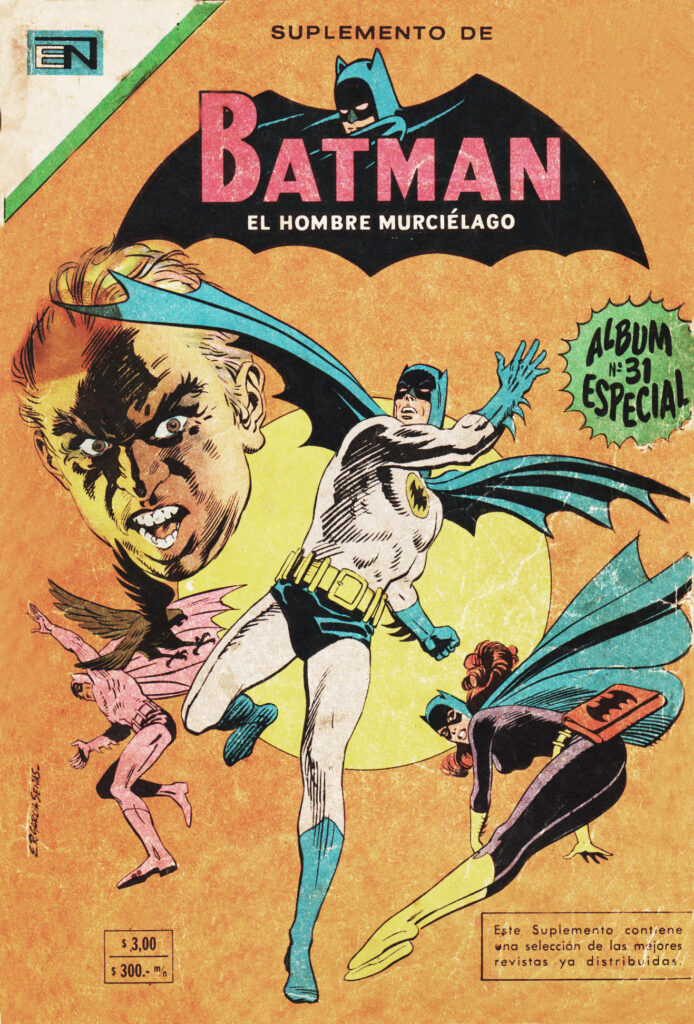
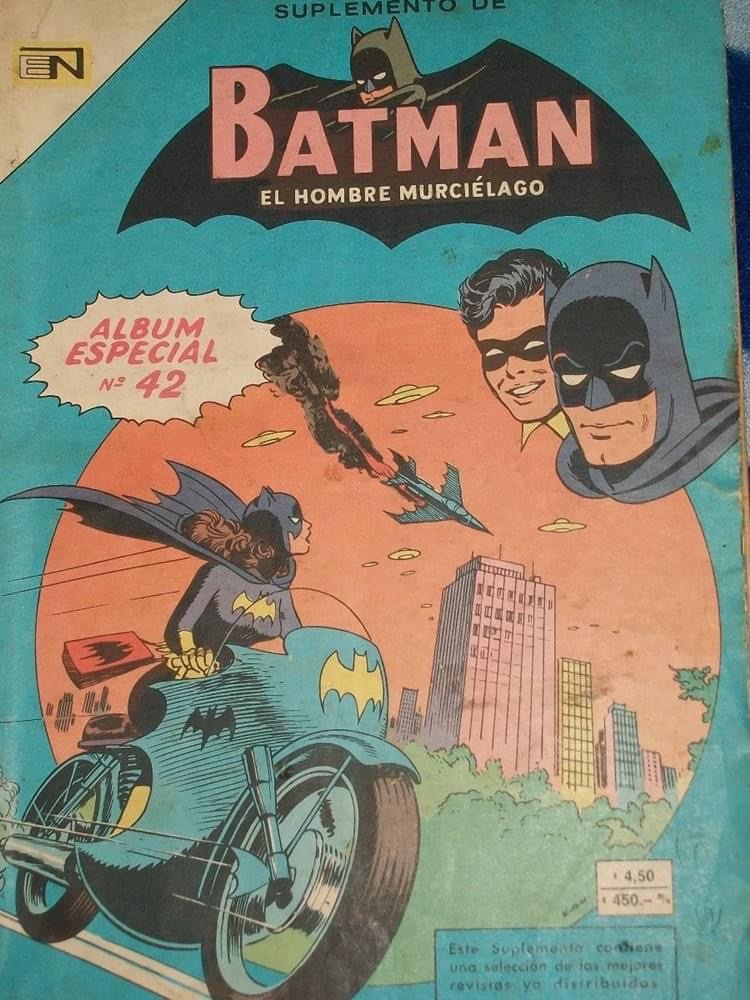
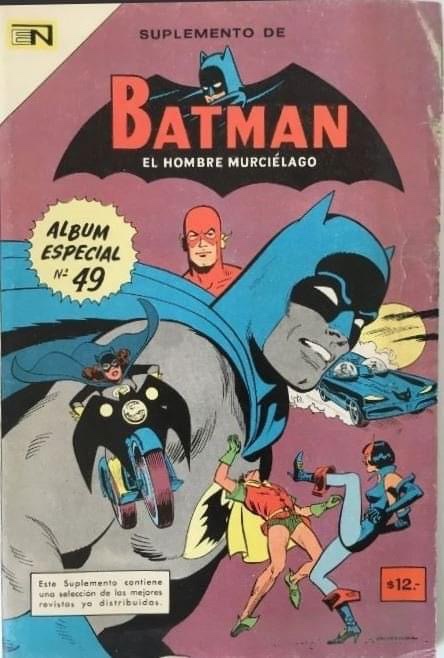
Seijas was a also regular artist for US publisher Charlton for a few years, as were his fellow Argentinian artists, José Garcia Lopez, Jorge Moliterni, Lucho Olivera, Gustavo Trigo, Enio, Mira and many more. “Hidden gems,” notes David, “if you’re prepared to search for them.”
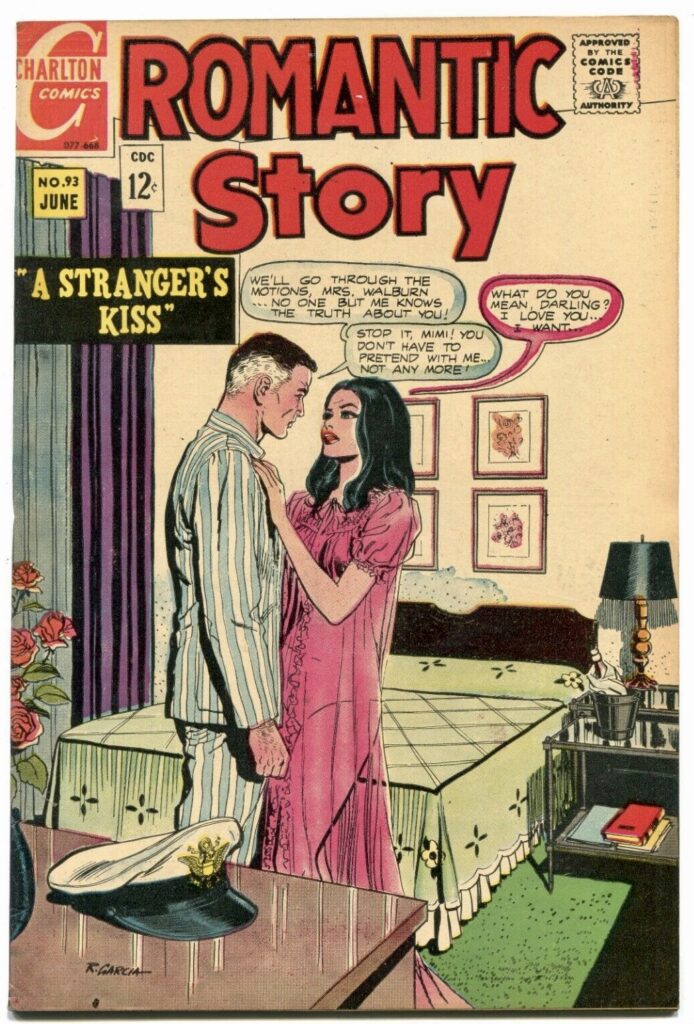
For the British market, David Roach has identified Seijas as the artust on the science fiction series, “The Secret Power of Suzy Smith” for DC Thomson’s Mandy, published in 1976, with central character Suzy gradually realising that she comes from the planet Zair.
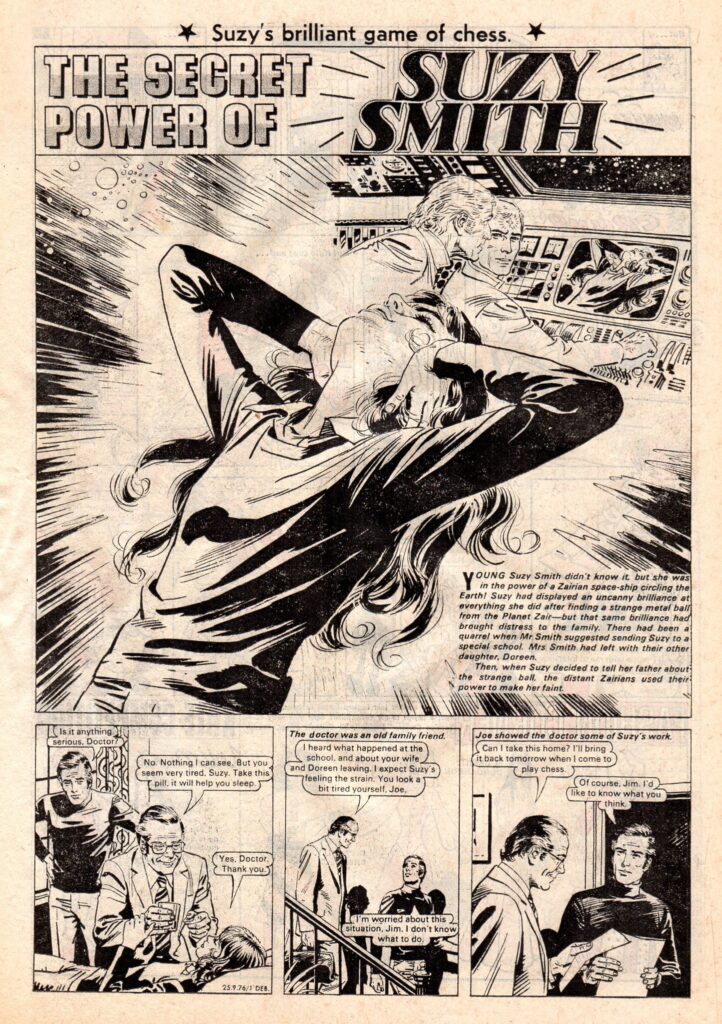
“It’s absolutely gorgeous,” enthuses David. “I’d say it was among the best drawn strips in British girls comics history, and it’s such a shame he did not get the chance to draw any more. Presumably he was kept busy elsewhere.”
Indeed he was, as we can see from his many outstanding credits, some of this work surely deserving English language publication.
Our sympathies to family and friends at this time.
WEB LINKS
• Lambiek: Ernesto Garcia Seijas (in English)
• Art by Ernesto Garcia Seijas on Comic Art Fans
• Ernesto Garcia Seijas – Official Site (in Spanish)
• Pagina 12: Murió el dibujante Ernesto García Seijas (in Spanish)
Su trabajo en la Argentina es recordado por varias generaciones de lectores, desde quienes vieron sus primeros trazos en las editoriales Columba o Record hasta quienes se enteraron de su existencia por “El Negro Blanco”, junto a Carlos Trillo. También fue un gran colaborador de Oesterheld.
• A Tribute from Sergio Bonelli Editore, outlining his work for the Italian publisher
With thanks to David Roach for his research and permission to feature his commentary here; and artist Alison Sampson for highlighting “Helena” on her web site
The founder of downthetubes, which he established in 1998. John works as a comics and magazine editor, writer, and on promotional work for the Lakes International Comic Art Festival. He is currently editor of Star Trek Explorer, published by Titan – his third tour of duty on the title originally titled Star Trek Magazine.
Working in British comics publishing since the 1980s, his credits include editor of titles such as Doctor Who Magazine, Babylon 5 Magazine, and more. He also edited the comics anthology STRIP Magazine and edited several audio comics for ROK Comics. He has also edited several comic collections, including volumes of “Charley’s War” and “Dan Dare”.
He’s the writer of “Pilgrim: Secrets and Lies” for B7 Comics; “Crucible”, a creator-owned project with 2000AD artist Smuzz; and “Death Duty” and “Skow Dogs” with Dave Hailwood.
Categories: downthetubes News
 Crowdfunding Spotlight: Paragon #34
Crowdfunding Spotlight: Paragon #34  FML, new creator-owned series from Kelly Sue DeConnick and David López, promoted with ingenious guerrilla marketing
FML, new creator-owned series from Kelly Sue DeConnick and David López, promoted with ingenious guerrilla marketing  Dark Horse, Hasbro, tease new Dungeons & Dragons, Magic: The Gathering projects
Dark Horse, Hasbro, tease new Dungeons & Dragons, Magic: The Gathering projects  The SEQUENT’ULL Interviews: Dan White
The SEQUENT’ULL Interviews: Dan White